Rose Tinted Glasses
This September, the Travancore Palace in New Delhi transforms into a stage for Is This My Circus?, an immersive exhibition by multi-disciplinary designer and artist Raseel Gujral Ansal. Conceived as a living question, the showcase blurs the boundaries between imagination and reality, tradition and technology, legacy and performance.
At its heart, the exhibition unfolds through Raseel’s unique artistic process: beginning with dreams, shaped through AI, and finally translated into hand-rendered works by master artisans. Marked with Sifar, her symbolic seal of humility and infinite possibility, the works invite viewers to step into a theatre of paradox, where masks slip and roles collide.
In this conversation with ACF, Raseel speaks about the metaphor of the circus, her seal Sifar, the dialogue with her father Satish Gujral’s works, the interplay of AI and artisanship, and the layered storytelling that runs through her practice.
The title Is This My Circus? feels playful yet deeply questioning. What does the idea of a circus mean to you personally, and why did it become the anchor for this exhibition?
Raseel: For me, the circus is a metaphor for life itself; chaotic, theatrical, sometimes absurd, yet deeply revealing. It’s about masks and performances, about who is watching and who is being watched. The question – Is this my circus? Or am I the monkey? It’s a provocation. It asks: what role do we play in our own stories, and how much control do we really have? That paradox became the spine of the exhibition.
You have spoken about starting with dreams, moving through AI, and finally engaging artisans. What excites you most about this unusual creative journey, where instinct, technology, and traditional craft all converge?
Raseel: It excites me that the journey mirrors the very tension of our times. Dreams are instinctive, AI is futuristic, and artisanship is timeless. To me, art is not linear? It’s a dance between these layers. I love that the work begins in the subconscious, takes shape through machine learning, and finally becomes tangible through the hands of craftsmen. It’s a collaboration across time and medium. It’s evolution.
Your seal Sifar is fascinating, less about ownership and more about humility and infinite possibility. How did reimagining your father’s Urdu signature into Sifar shape your own artistic voice?
Raseel: Sifar in Urdu means zero, nothingness, but also infinite potential. Being inspired & conditioned by my father’s Urdu signature in this seal, I wanted to create a symbol that wasn’t about claiming authorship, but about surrender. It’s a reminder that the artist is not the sole creator, the dream, the process, the craft, even the audience, are equal authors. That humility, I believe, is where my artistic voice truly begins
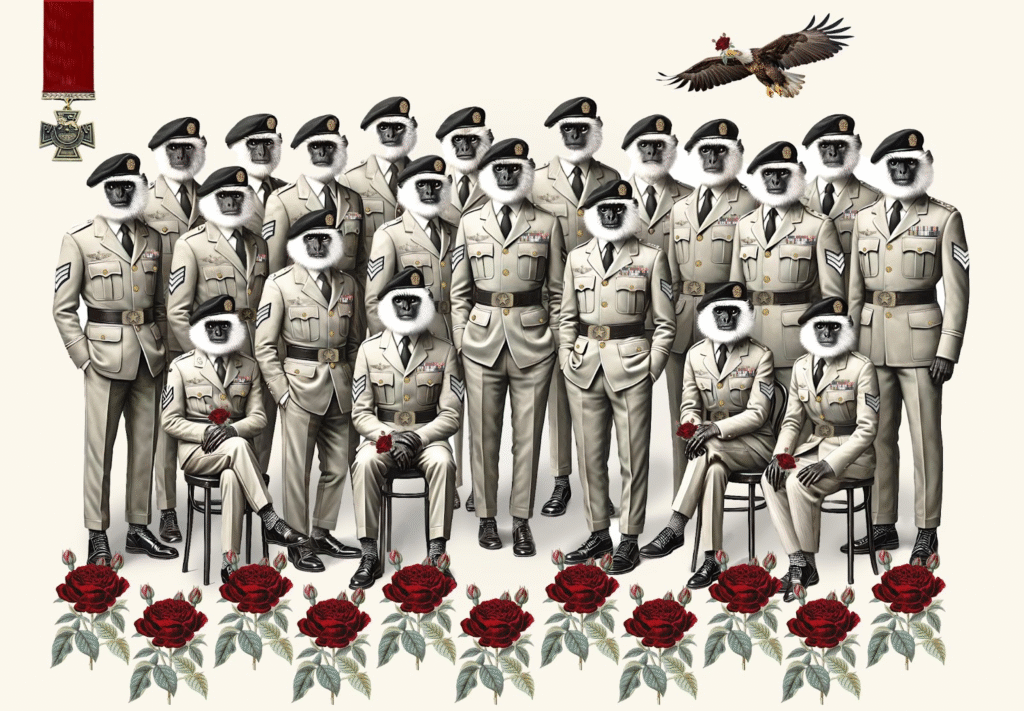
War Of The Roses
The Devi, Diva, and Damsel sculptures greet visitors at the entrance. Why did you choose these archetypes both powerful and vulnerable to set the stage for the exhibition?
Raseel: Archetypes choose us, because they are mirrors. The Devi is divine power, the Diva is glamour and presence, the Damsel is vulnerability. Each of us carries these archetypes within us. Placing them at the threshold felt like inviting visitors to confront their own multiplicity before stepping into the circus.
Works like War of the Roses, Diamonds Are Forever, and Rose Tinted Glasses read almost like theatre—scenes from a film. Do you see yourself more as a storyteller than as a visual artist?
Raseel: I don’t see a separation. I think in stories, and the medium of choice is simply my stage. Every piece is a fragment of a larger narrative, sometimes satirical, sometimes melancholic, sometimes romantic. I am less interested in static visuals and more in evoking a scene, a dialogue, a pause. The drama of everyday life!
You’ve brought four of your father Satish Gujral’s works into dialogue with your own. On a personal level, what did it feel like to place your practice next to his in this setting?
Raseel: It was profoundly moving, sacred & daunting. My father & mother have inaugurated every aspect of my creative endeavours. Now that they are in another realm, no show can be complete without them. My father’s works have always been part of my life, but placing them as an homage, as a patron saint in my show felt like a conversation across generations. It wasn’t about occupying the same stage. His theatre is his own alone. An innocent perhaps naive dialogue, between his voice and mine, between legacy and reinterpretation. It made the exhibition deeply personal, almost like a Jugal Bandi.
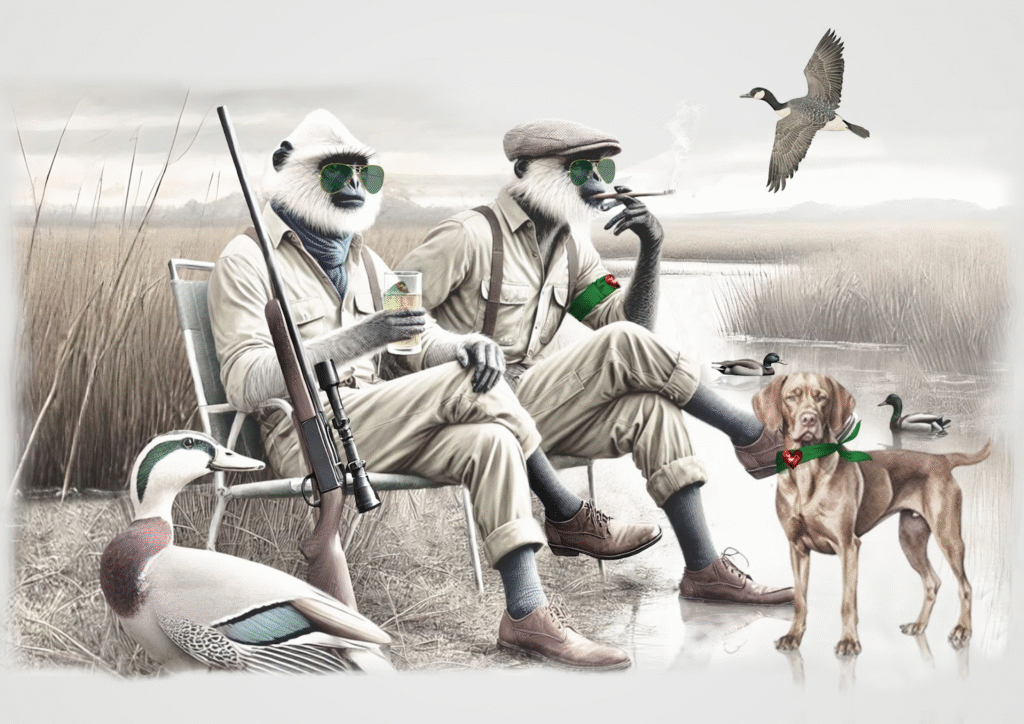
Shikaar
Ketan Amin’s monkey sculptures add humor and cheekiness. What role do you see these tricksters playing in balancing the intensity of your own pieces?
Raseel: They are the comic relief, but also the truth tellers. In folklore, the monkey is always mischievous, always poking fun at vanity and power. By inserting them into the show, Ketan’s gallerist Rushaan Krishna and I wanted to balance the gravitas with levity, to remind viewers not to take the circus or themselves too seriously.
The show unfolds inside Travancore Palace, a space steeped in history and grandeur. Did the architecture itself shape or influence how you envisioned the works being experienced?
Raseel: Absolutely. The palace isn’t a banal white cube; it carries its own aura of memory, grandeur, and politics. I wanted the works to converse with that context. The placement of artworks, the play of scale; all were designed with the architecture in mind. The space itself became part of the storytelling.
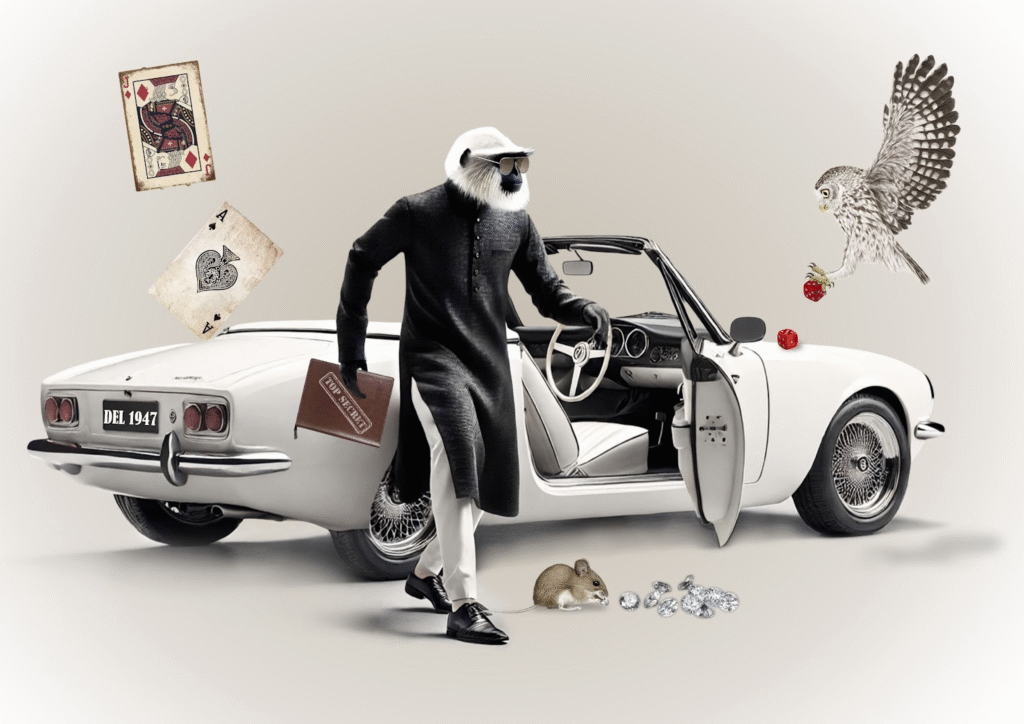
Diamonds are Forever
Collaboration runs through your process, whether with AI, artisans, or your father’s legacy. How do you personally define collaboration in today’s art world?
Raseel: For me, collaboration is not outsourcing – it’s co-authorship. It’s the willingness to dissolve the ego and allow another hand, another mind, or even another generation to shape the work. Whether it’s an algorithm, a craftsman, or my father’s brushstrokes, the final piece is richer because it is layered with many voices, not just mine. The democracy of Art. The inclusiveness it cultivates, not exclusion.
When people walk out of Is This My Circus?, what is the one question or feeling you hope stays with them long after they leave the palace?
Raseel: A smile & levity, understanding & acceptance of this new genre & format coming through my studio. As well as the question: What is my circus? Because in the end, this exhibition isn’t only about me. It’s about each of us looking at our own performances, illusions, and truths and wondering who is really holding the strings.
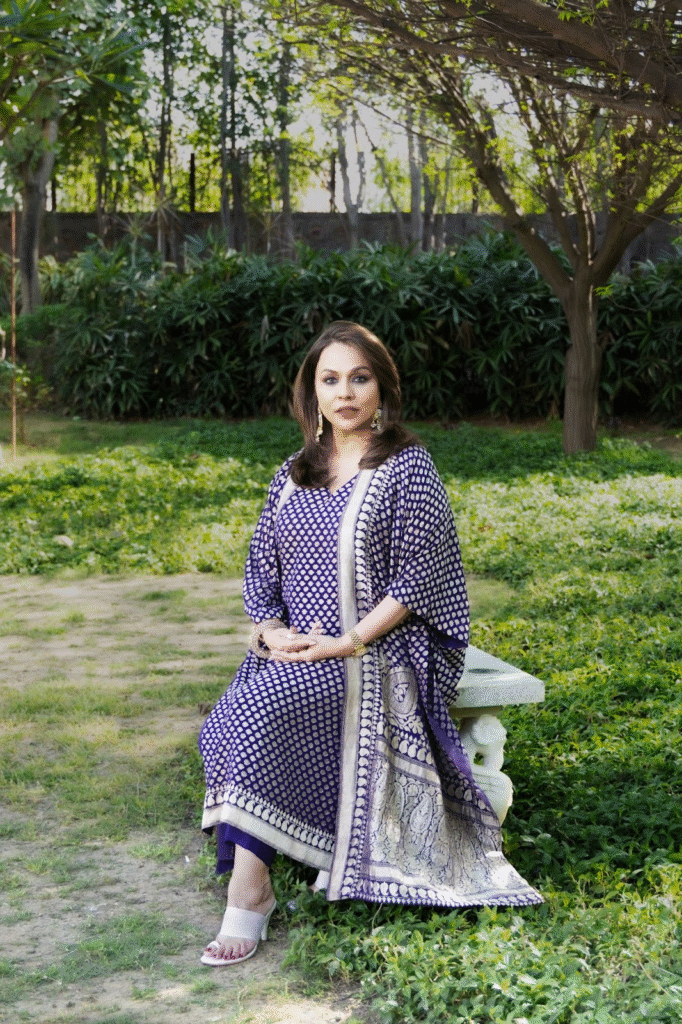
Raseel Gujral Ansal
With Is This My Circus? Raseel Gujral Ansal invites us into a theatre of paradox, where divinity meets vulnerability, legacy converses with technology, and performance mirrors reality. In her own words, the show is not only about her but about all of us: our masks, our illusions, our roles within the circus of life.
Step into the spectacle and ask yourself: What is my circus?
Venue: Travancore Palace, New Delhi
Dates: 24th – 28th September 2025
Timings: Exhibition open to visitors throughout the day
.
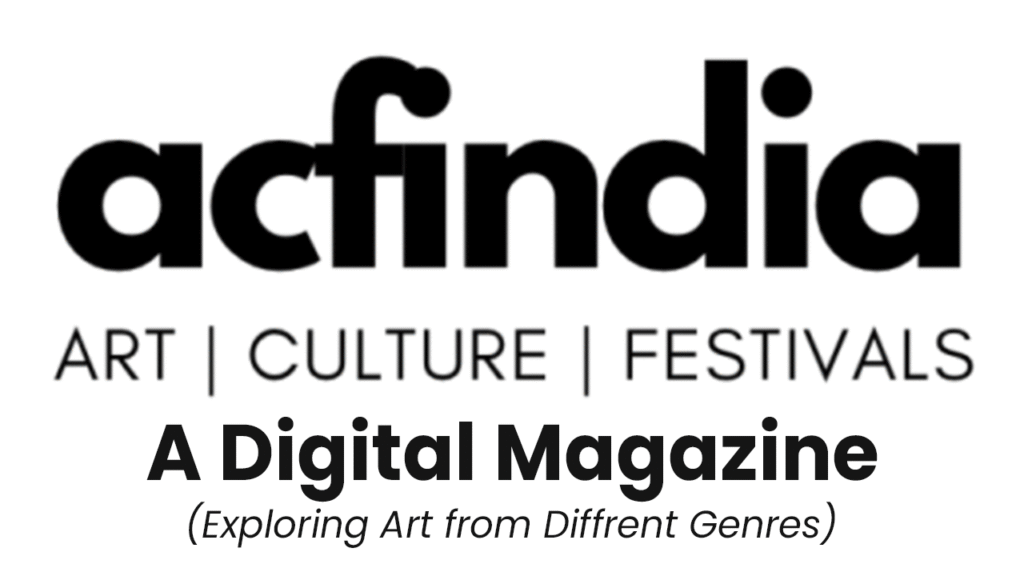
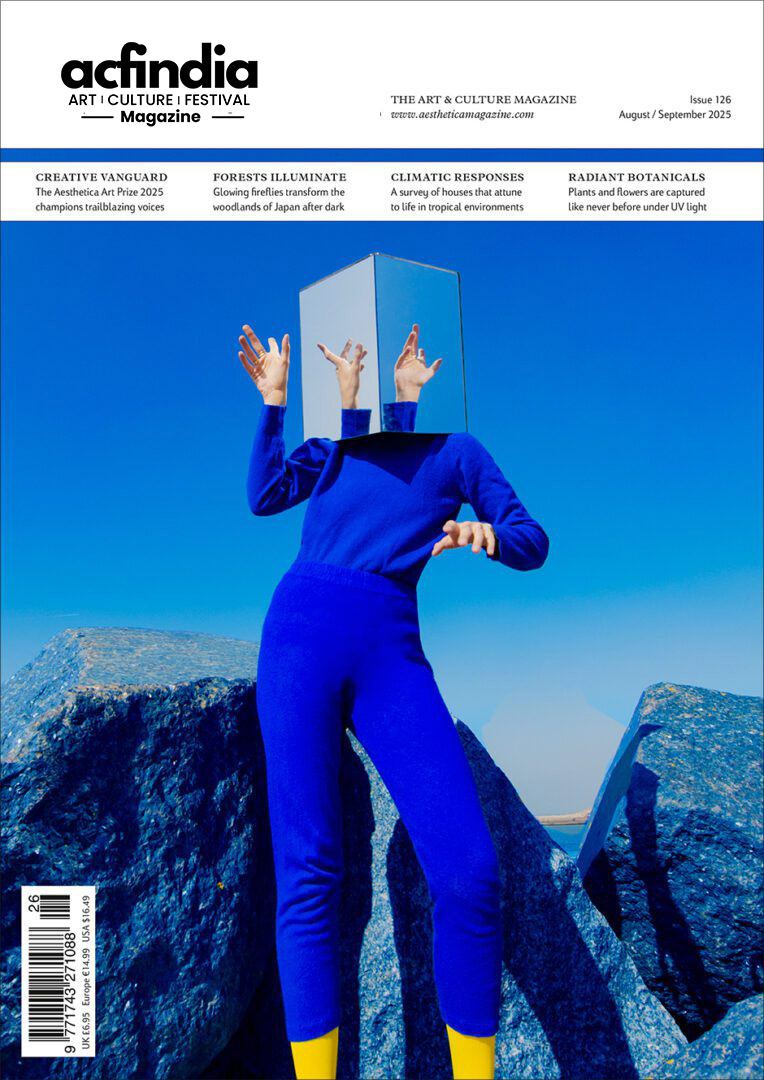
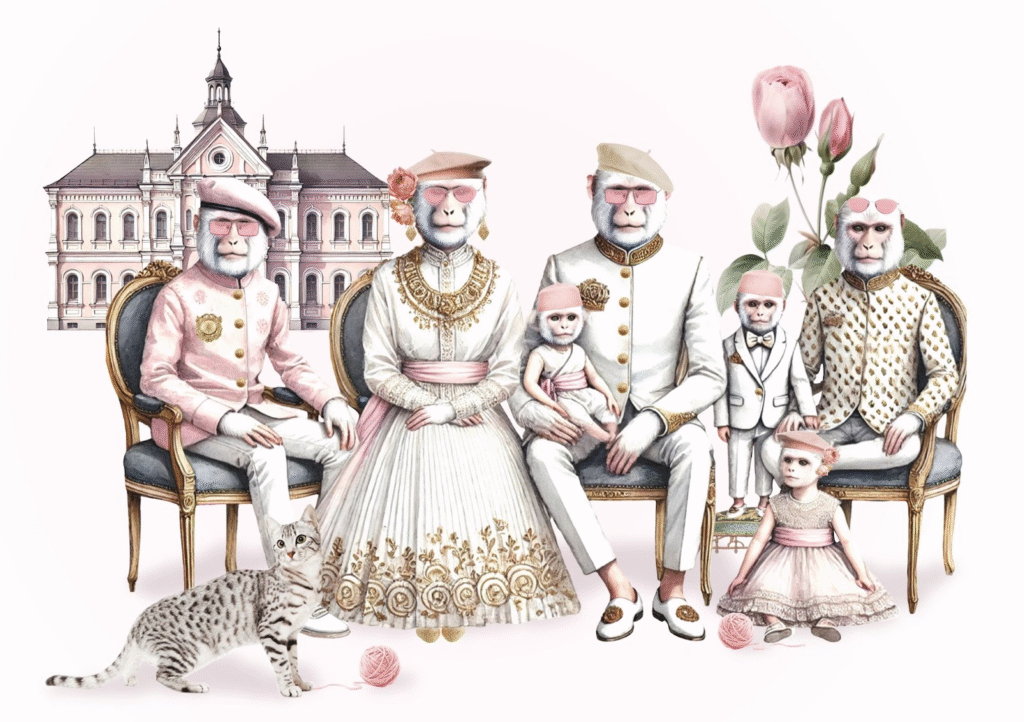

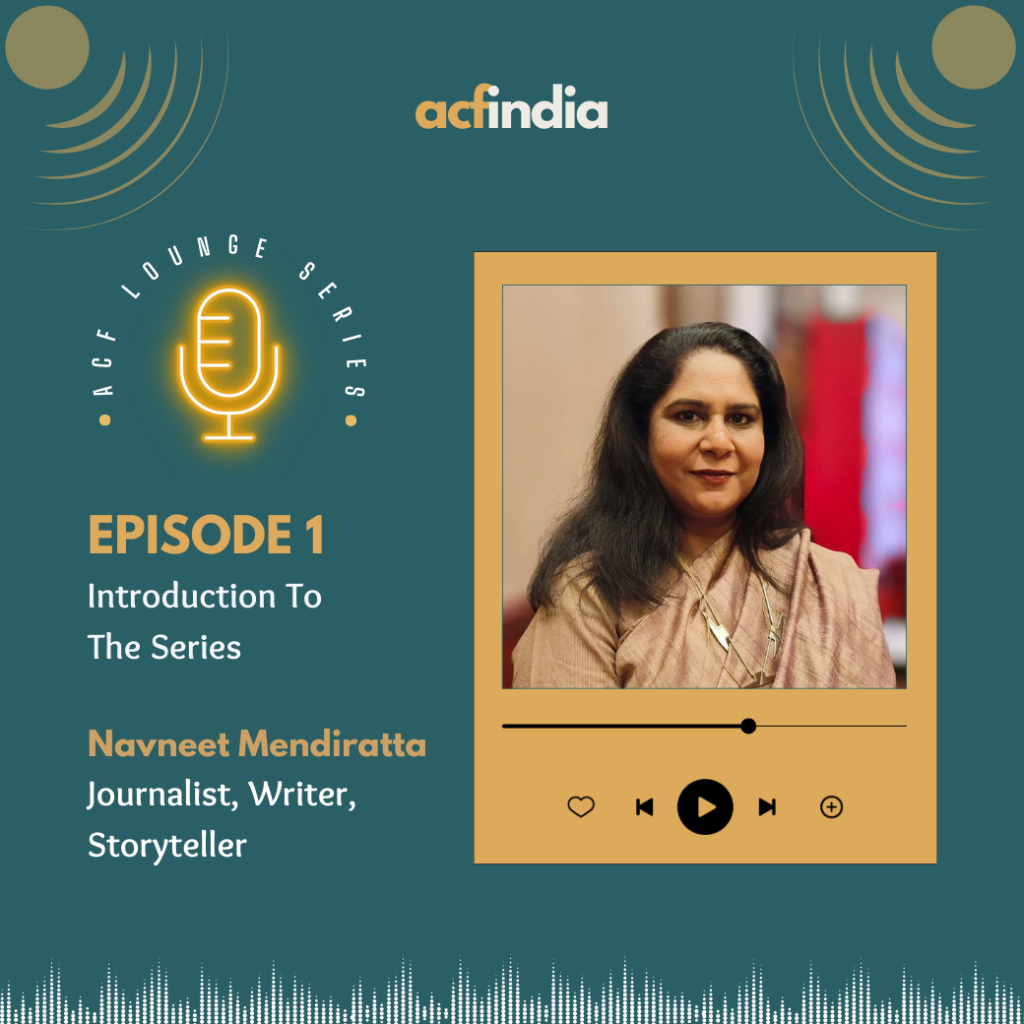
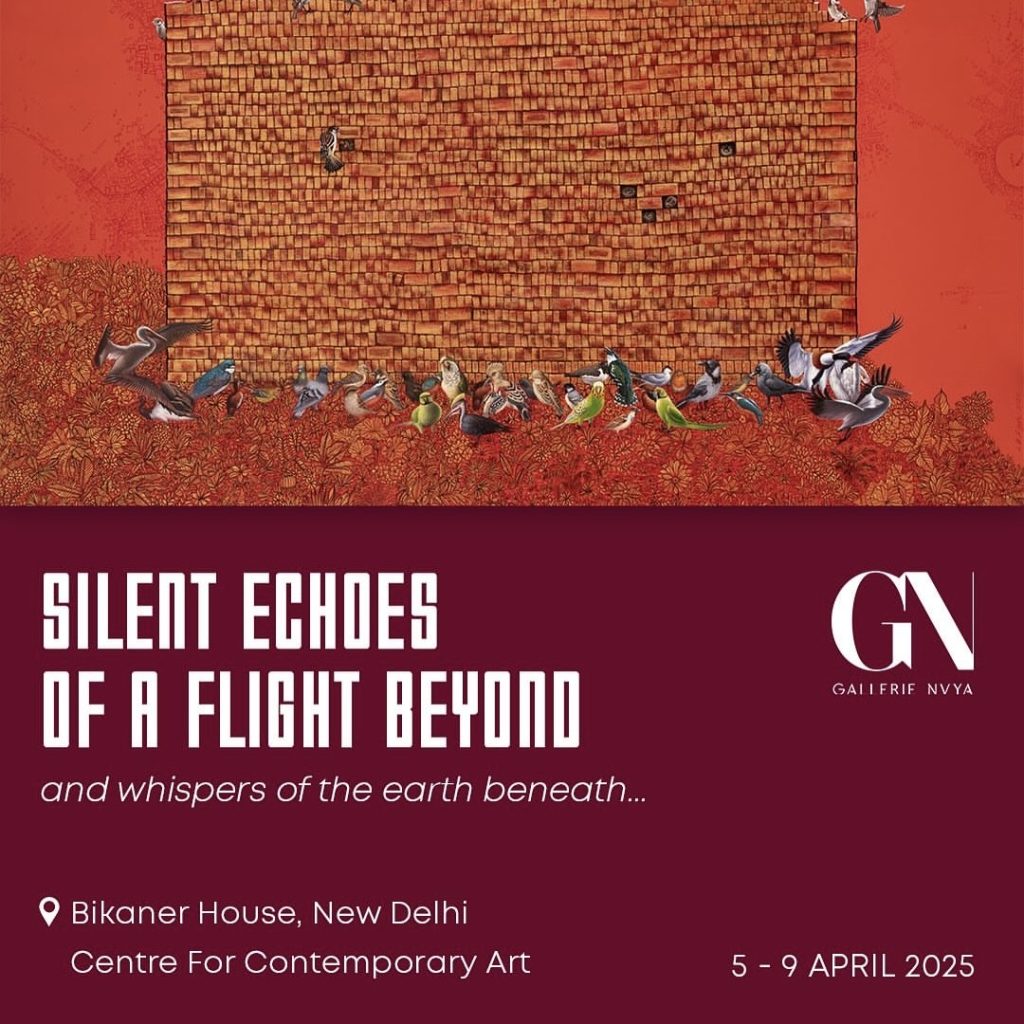
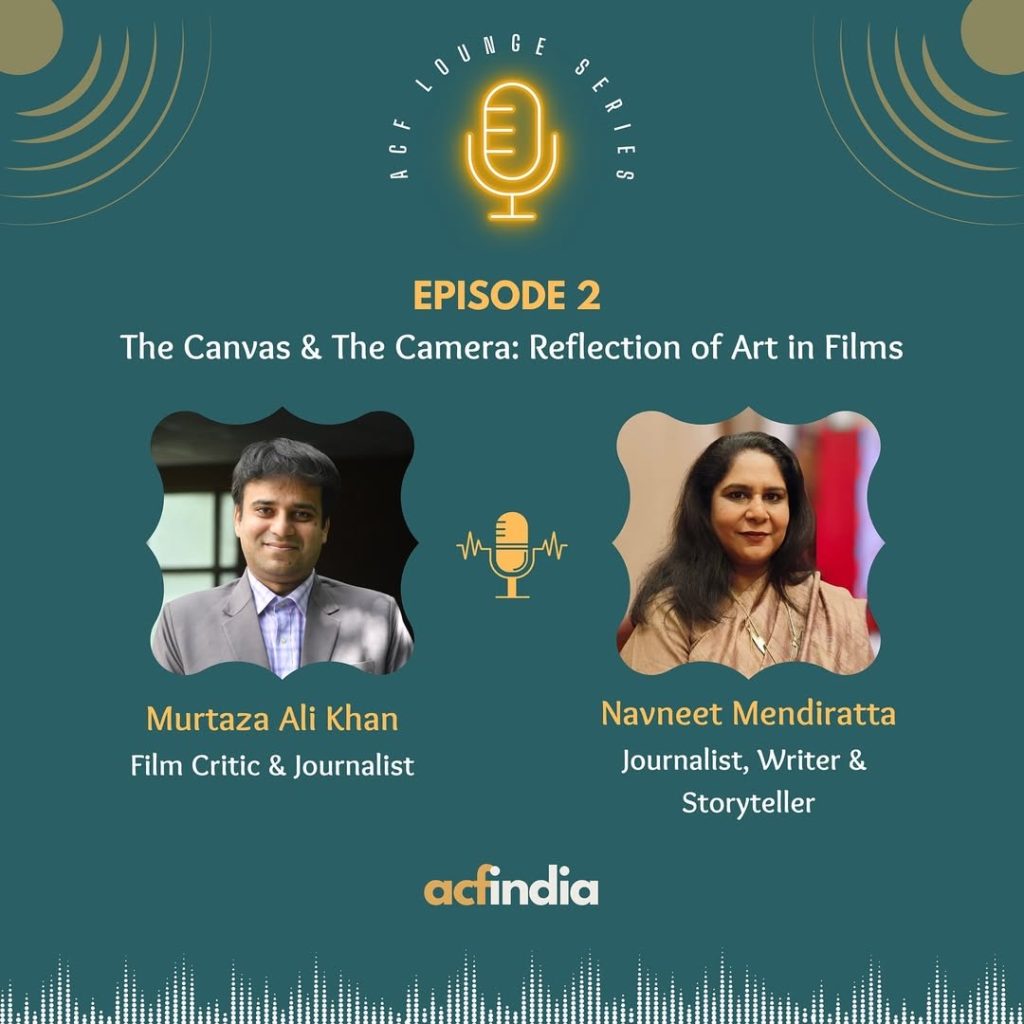
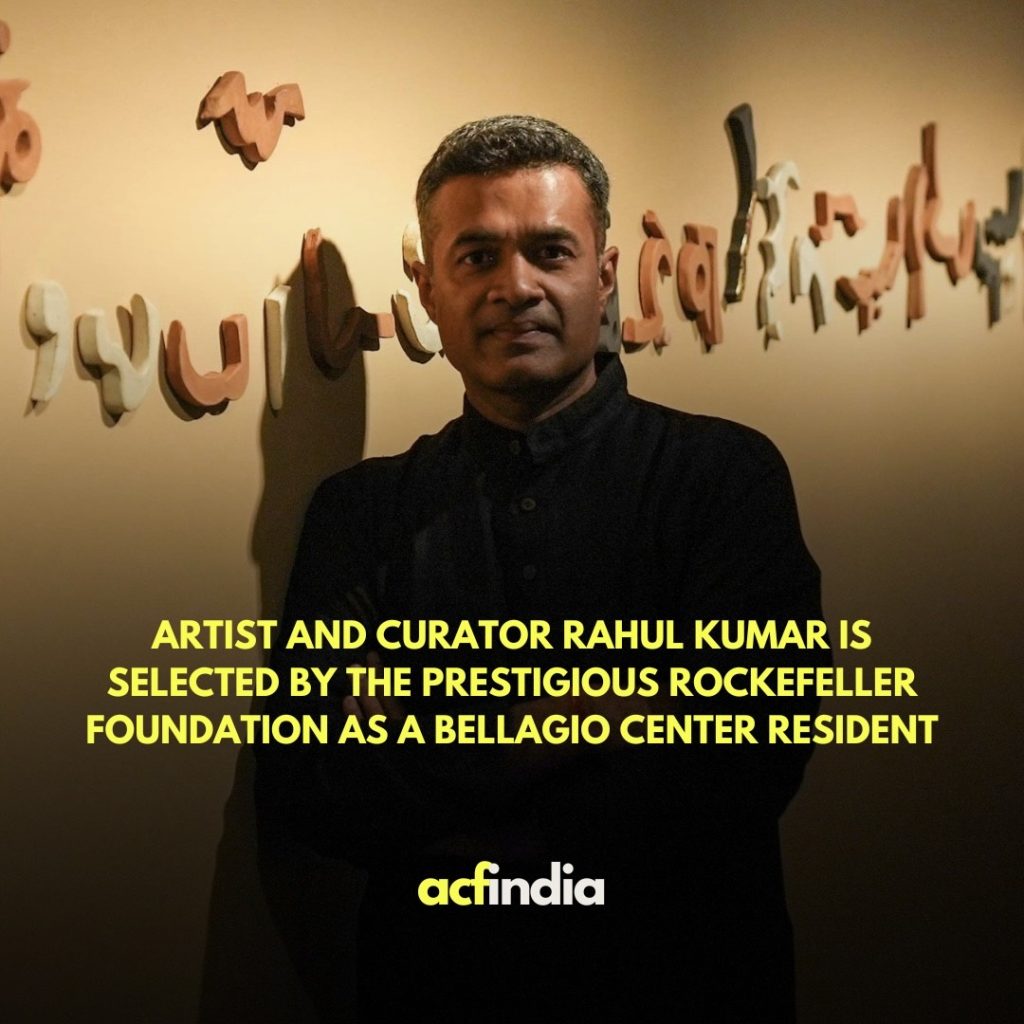
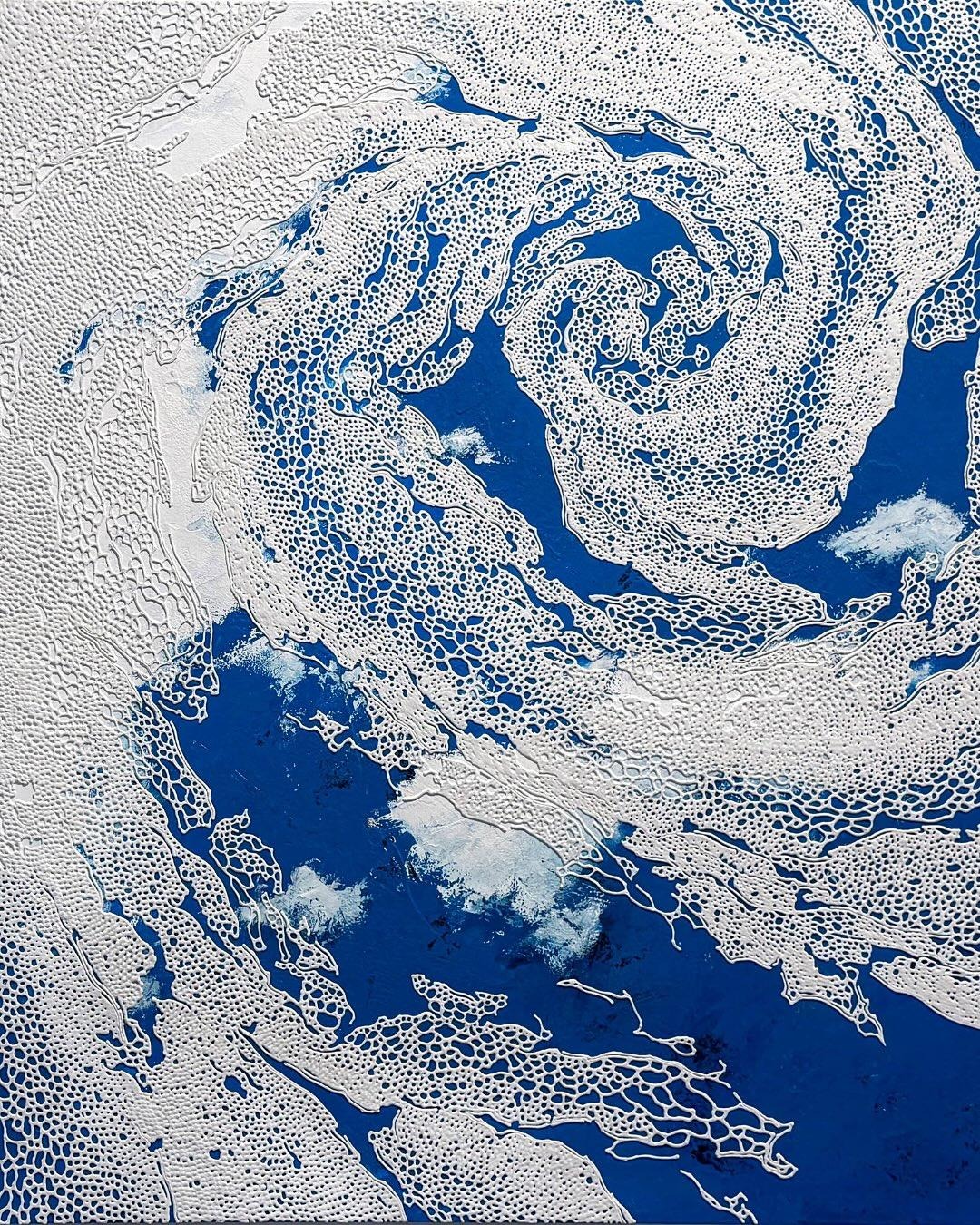
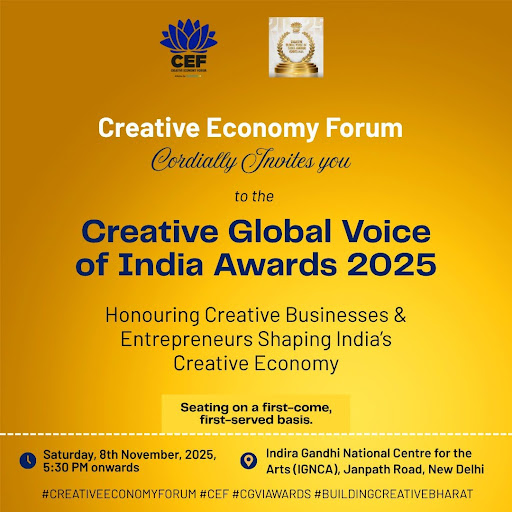
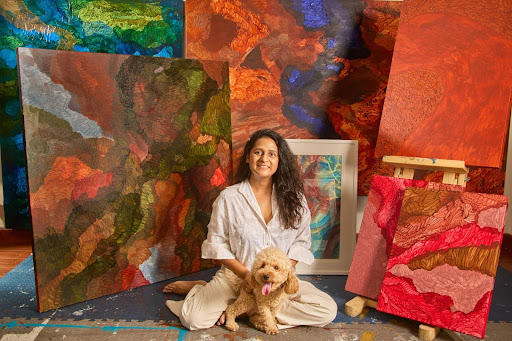
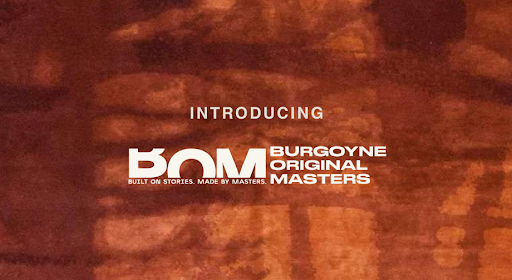

One response to “Is This My Circus? Raseel Gujral Ansal on Blurring Boundaries Between Art, Life, and Storytelling”
Pretty! This has been a really wonderful post. Many thanks for providing these details.